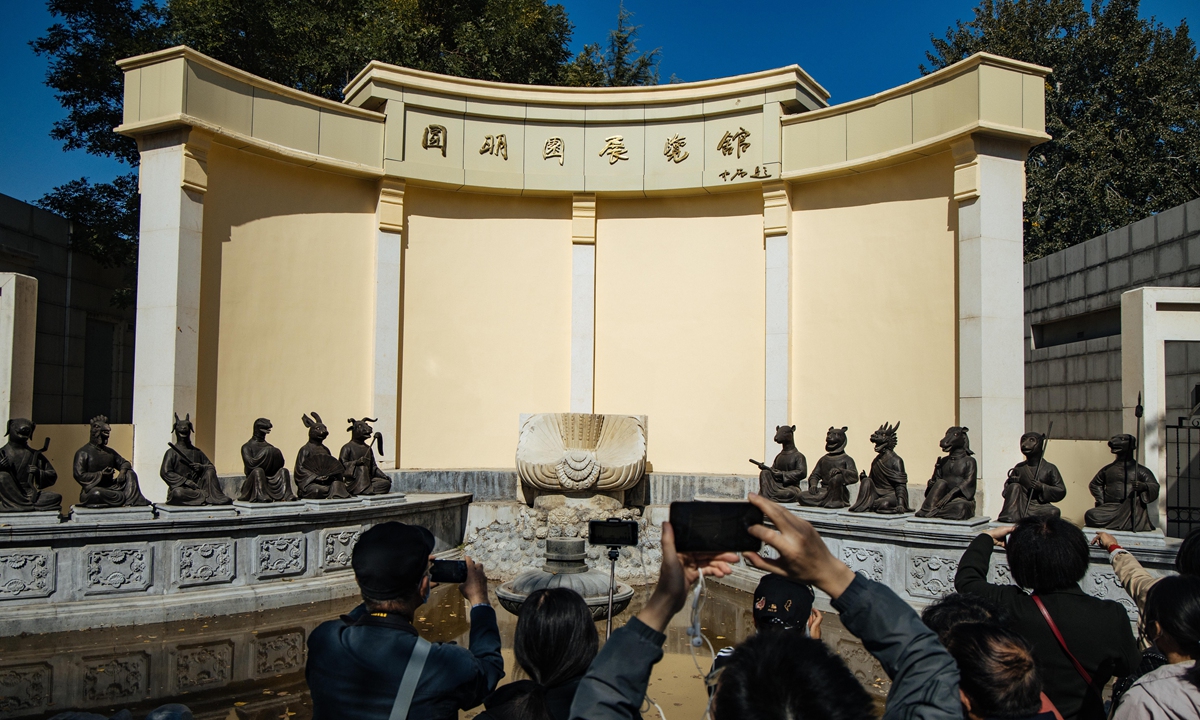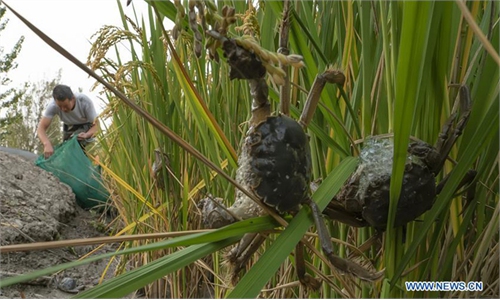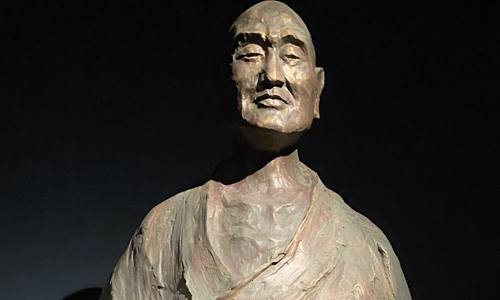ARTS / CULTURE & LEISURE
Old Summer Palace marks 160th anniversary of massive looting

Photo: Li Hao/GT
The Old Summer Palace, or the Yuanmingyuan Ruins Park, in Beijing opened free of charge on Sunday to commemorate the 160th anniversary of the massive looting and destruction of the palace carried out by Anglo-French coalition forces in 1860. The troops were sent by the British and French empires to invade China in the late Qing Dynasty during the Second Opium War (1856-60).
The hashtag "160th anniversary of the sacking of the Old Summer Palace" had earned 260 million views on China's Twitter-like Sina Weibo as of Sunday afternoon, with many Chinese netizens commenting: "Do not forget this national shame."
Clips from the documentary The Old Summer Palace have also gone viral on Sina Weibo.
"The Old Summer Palace had more than 100 gardens. However, it was ruined by invaders. It is painful to see the gardens of the Old Summer Palace that have been restored through technical means in the documentary. We need to remember our history and continue to improve ourselves," one Chinese netizen wrote on Sina Weibo.
Covering more than 3.5 square kilometers, the palace was built in 1707 during the reign of the Kangxi Emperor. It used to serve emperors as an imperial garden for taking a rest during the hot summer. It is renowned throughout the world for its grand and elegant landscapes, extensive collection of gardens, architecture, art and historical treasures, according to reports.
On October 18, 1860, the Anglo-French Alliance Forces sacked and looted the palace during the Second Opium War. It took 4,000 looters three days to raze it to the ground. As they carried out its destruction, a large number of valuable cultural relics were taken overseas.
According to UNESCO, about 1.6 million Chinese relics are in the possession of 47 museums worldwide, these include 1 million from the Old Summer Palace alone.
Experts studying the Old Summer Palace estimate that the proportion of cultural relics from the gardens scattered at home and abroad stands at about 20 percent and 80 percent respectively, with looted cultural relics in China mainly concentrated in Beijing, China's central television (CCTV) reported.
On November 13, 2019, the long-lost bronze horse-head that Macao-based tycoon and collector Stanley Ho Hung-sun donated to the Chinese National Cultural Heritage Administration (NCHA) was returned to the motherland.
However, how to find a proper place to keep the treasure has become a challenge for the managers of the Old Summer Palace's administration office, which made them realize that it would be necessary to build a museum.
Zhang Bai, former deputy director of NCHA, said he believes that further research on the Old Summer Palace and the increased return of various cultural relics has made the construction of a museum a necessity.
Whether the Old Summer Palace should remain in its current destroyed state or be restored to its original state is a debate that has been carried on for years.
Liu Chang, an expert and a teacher at Institute of Architectural History and Cultural Relics Protection in the School of Architecture, Tsinghua University, told the Global Times on Sunday that although Chinese people tend to want everything to be perfect and complete, and so want to see a complete Old Summer Palace, it is more important to respect history and maintain the original appearance of historical buildings to stand witness to history.
Zhen Gang, an expert in cultural relic restoration at the Shaanxi Institute for the Preservation of Cultural Relics, echoed Liu's view by saying that the goal of cultural relic protection is to protect its current status instead of skipping a period of history by restoring them. He pointed out that reconstruction is a very difficult task, and requires sufficient information and technology to support it, which is still a long way off.
The scenic spot recently launched an "Old Summer Palace Passport" which can be purchased at shops in the palace. The passport includes 51 classic attractions at the Old Summer Place, and visitors can find shops near related attractions and collect stamps on a check-in map on the homepage. After the 51 stamps are collected, visitors can get a seal with the words "Yuanmingyuan [the Old Summer Palace]Treasure."
"This seal is a sign for the entry and exit of the Old Summer Palace treasures. Completing all the stamps means the visitor treats the place as home," one employee of the palace said.
According to a photo, the seal include some buildings of the Old Summer Palace with "160,"and "1860.10.18 - 2020.10.18."
A 25-year-old art teacher surnamed Liu who took her students to the scenic spot for a painting activity told the Global Times that she hopes her students can look at this history with awe, and know that these are not just stones laying around but are relics that have a profound meaning behind them.
A 28-year-old lawyer surnamed Dong who specially came to the Old Summer Palace on Sunday to pay homage to his ancestors and the former marvelous buildings told the Global Times that "although our life is getting better, we should not forget our history, but take it as a reminder to motivate myself."





